The subsistence economy remained only among the Indian tribes in the wilds of the Amazon, although there is its own division of labor. But the rest of the global economy is a world of a growing division of labor and narrow specialization, which leads to a constant exchange between market participants. Among the three main questions of the economy, two, “What to produce?” And “How to produce?” Are implemented in the production sphere, and only the third question “Who will get it?” Is in the distribution sphere. Nevertheless, the role of distribution in the economy is decisive, it gives the main signals to production - what the consumer needs.
Who are the participants
In relations regarding production and distribution, three actors participate in the economy: the state, households, and firms. The cell of a market economy is a household. It can consist of one person. Under the firms understand the entity directly owning enterprises (factories, factories, supermarkets, hairdressers, transport companies and other business objects).

The state determines the rules of the game, ensures the vital activity and safety of market participants. Also, in the modern economy, the state ensures social distribution, access of goods to the least protected sections of the population, and a more equitable distribution of goods between participants in economic life in order to reduce imbalances.
Cell economy
The smallest economic unit, a household, most often appears in statistics, where incomes and debts of this category show the possibilities of effective demand of the population. Depending on the country, this economic category includes a person or group of persons united on the basis of food consumption or cohabitation. In the United States and several countries, households are people living together, they can be relatives, family, or just acquaintances. That is, young people from the cult series Friends can be considered a household in the United States. But if the landlord and tenant live under one roof, then this will already be two households. Households play a significant role in distribution in the economy, since they are a supplier of resources and at the same time an end-user of goods.
Firms do everything
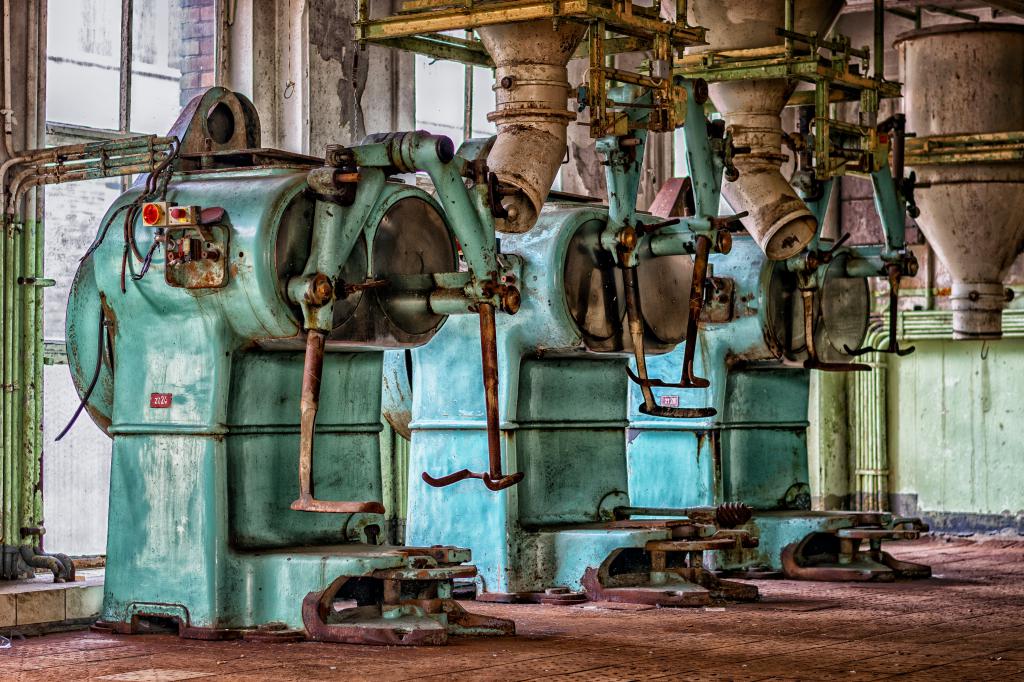
In order to start producing something, it is necessary to have the resources that are offered in a free market in a market economy. Firms, using intellectual resources, combine material, labor and financial resources in the process of production of goods and services. In a market economy, the main owner of the resources are households, directly, as in the case of labor resources or through the institution of ownership, as tangible.
The functions of the company in the distribution in the economy are to ensure the movement of goods between market participants. In the early stages of society, households were the main producers, using their resources for economic activity. Now a company as a participant in economic life is rarely represented by one household, only in small business (individual entrepreneurship - private cafes and restaurants, laundries). Large firms (corporations, conglomerates) can have thousands of owners.
No state without
State functions in the distribution of the economy are the impact of direct and indirect methods on who will get the benefits.The tax and tariff policy allows the redistribution of products and services in accordance with public needs. For example, by setting excise taxes on alcohol, the state takes part of the income and then redistributes it through the budget. The use of benefits, subsidies and preferences for certain industries or product groups stimulates the flow of resources. Such methods are used to produce socially significant products, such as baby food. The degree and methods of state intervention in the distribution process depend on the type of economy and national traditions. If we do not take the centralized economy as an endangered type, then Asian states are more inclined to participate in the distribution of goods, as well as rich Scandinavian states, for example, Sweden and Finland.
About production
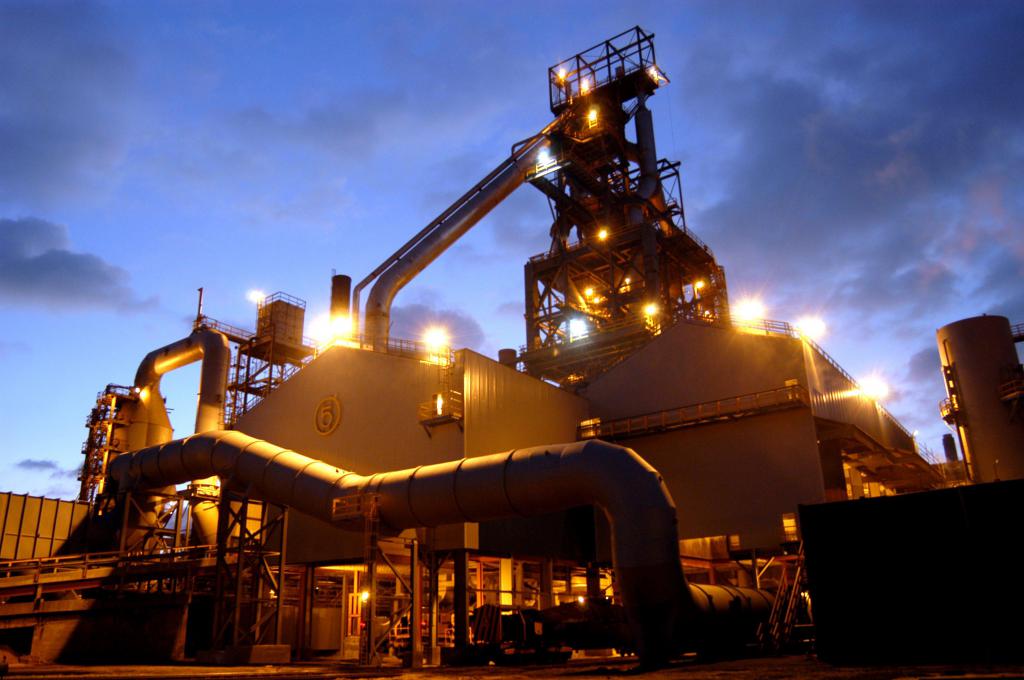
Recognizing that distribution is the main driving force of the economy, everyone understands that in order to distribute something, something needs to be produced. The interaction of nature and man creates benefits in the production process, which are then transferred to the sphere of exchange and distribution. By changing the extracted from soil, air and water, products are created that must meet the needs of society. Production is carried out by industries related mainly to the first two sectors of the economy. The primary sector includes everything that is mined in nature, from iron ore to wood and fish, the secondary sector processes all mined, the tertiary sector - the service sector. Distribution relations in the economy and regulate the movement of goods between sectors.
Economic turnover
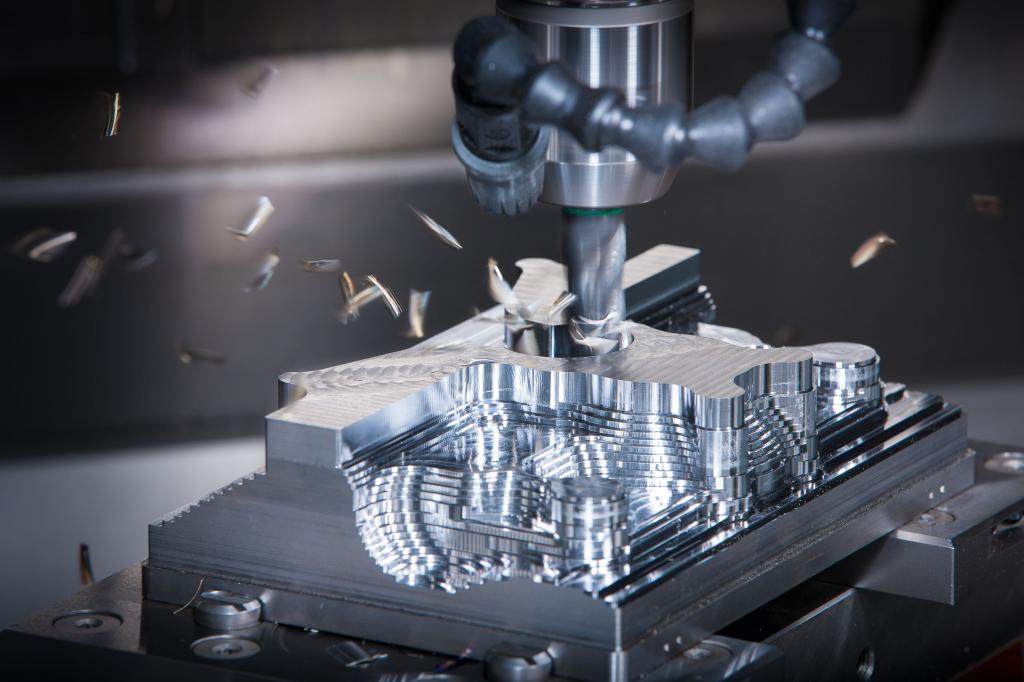
Any economic system, starting from the very first states of Egypt and China, is based on the movement of goods from one market participant to another in exchange for the movement of income and expenses. In modern market circulation, production and distribution in the economy form a closed cycle. In this case, the first signal comes from the market, production reacts, produces a product with the desired consumer properties, which is sent to the distribution sphere. And so for the entire product life cycle, while it will be in demand. In the modern world, distribution in the economy is often the area in which the economic circuit begins and ends.
What is distribution?
The goods produced in the first stage of the economic cycle are transferred to the distribution sphere, which should deliver them to its consumer. In the distribution process, it is determined where the manufactured product will be directed, what part of the benefits a particular market participant will receive and the time when this will happen. Distribution may also be deferred when reserves and product stocks are created, which then go to meet deferred demand. Various benefits have appropriate delivery channels to the consumer, therefore, there are such types of distribution in the economy:
- material resources;
- labor resources;
- finance.
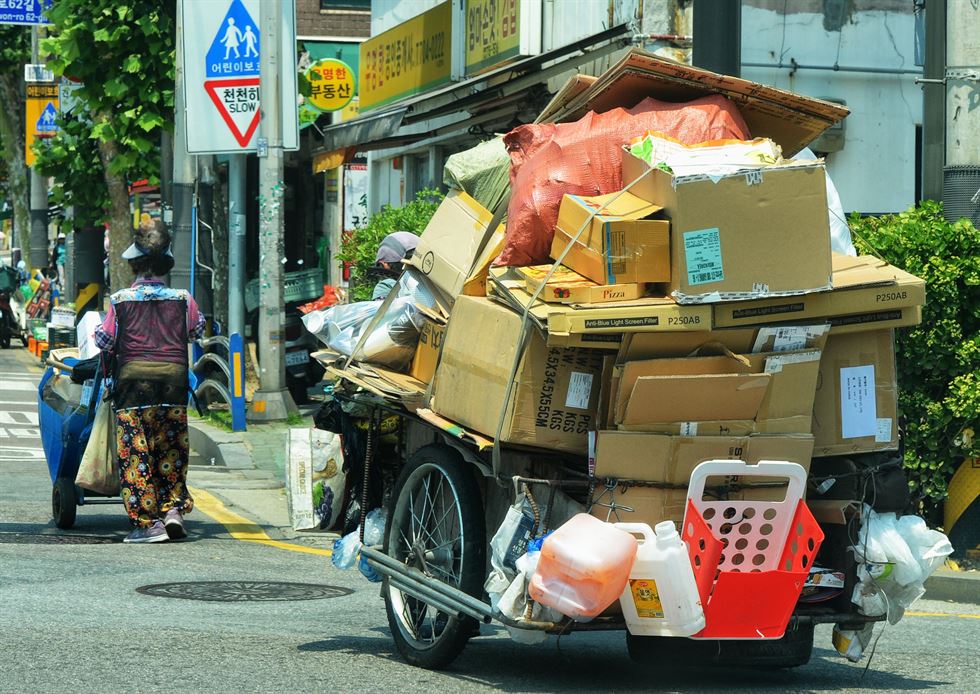
In a more general case, the distribution tasks in the economy are, firstly, to divide the produced product between the owner and other market participants, and secondly, to distribute material, labor and financial resources.
Form and factors
At the distribution stage, the question is solved how much and in what form each market participant will receive income. In a normally working country, a form of distribution in the economy in the form of material goods is quite rare. In general, the income in monetary terms received from the sale of goods is distributed. The division of income by production factors of distribution in the economy, which is also called functional, depends on what the participant in economic life (labor, capital, natural resources) owns.Households receive primary income from the sale of their labor resources and ownership of property, and secondary ones are taxes, subsidies and payments from various state and public funds. Primary income is regulated by the market, depending on who owns it, skill level and demand. Secondary are regulated by the state, for a more even distribution of benefits between different groups of the population. Household income not only determines the standard of living of the population, but is also one of the most important indicators of the state of the economy and economic relations.
Perfect method
How a decision is made on production and distribution depends on the type of economy of the country. Now all countries are working in a mixed economy, after in 2010-2011 the last socialist countries, Cuba and North Korea, abandoned centralized economic management. And of course, no one has built, and will not build, in the foreseeable future, a free market economy (an ideal system when the decision on what to produce, how to produce and who will get the benefits produced is decided without government influence, only on the basis of supply and demand) .
The distribution of resources for production takes place in a fair competition for the optimal configuration of materials, labor resources, to minimize costs and maximize profits. Households sell their resources in the market and purchase products produced by firms for this income, thereby signaling what needs to be produced. In a perfect market, distribution in the economy means obtaining resources under free competition, whoever pays the most gets access to the benefits.
Real life defeated the plan
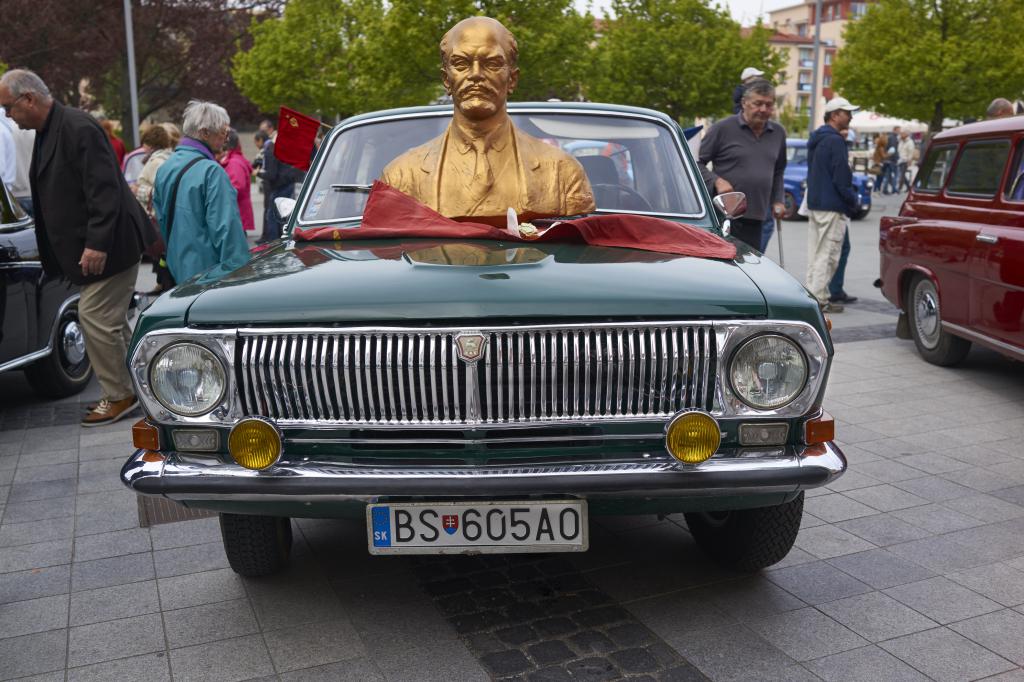
The experience of building a centralized economy lasted about seventy years. But this model turned out to be uncompetitive compared to a market economy. This type of economy assumes that the state decides what and how much to produce and how distribution will occur. Usually, the central planning authority develops a development plan for the country, according to which the enterprises “go down” the instruction, which product to produce, where to get resources from and where they will be distributed. With central planning, distribution in the economy is a secondary function of production, which has virtually no effect on production itself. All signals from consumption to production and vice versa come with a significant delay, because the governing body must go through. The goods do not pass the demand assessment, because the need was determined not depending on sales, but on the production plan. A good example of the distribution in the economy under central planning can be North Korea of the 90s, where everything from productive resources to basic necessities was distributed by the state.
Mix a little bit
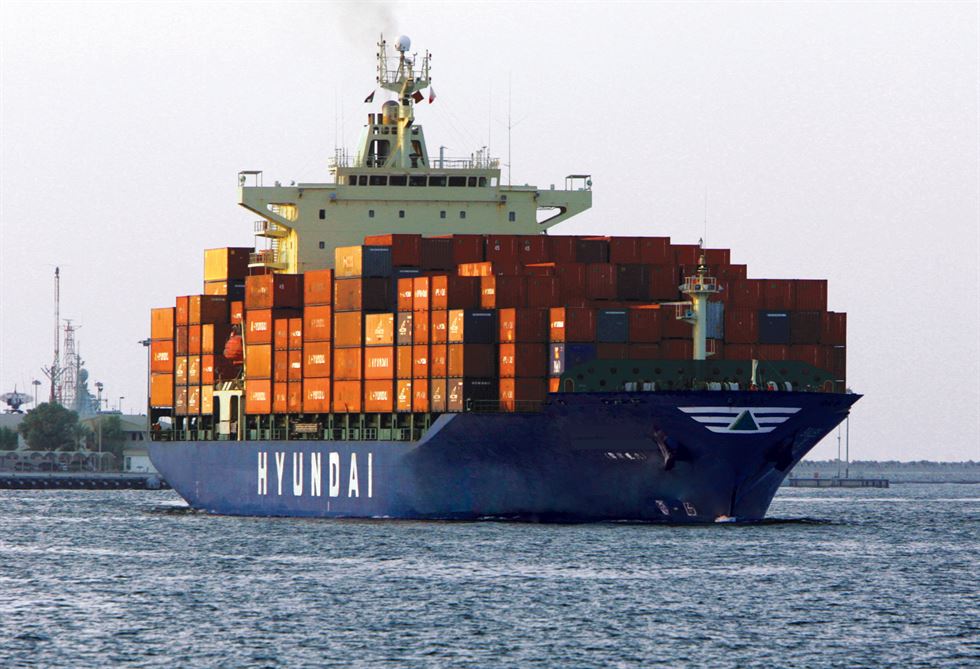
So far, it is better than developing a mixed type of economy, not a single country in the world has been able to realize. The proportions between the centralized and market economies of the country are chosen different, depending on the level of development and national traditions. Usually, the state tries to manage the economy in key and socially significant sectors; for other areas, especially the consumer market, market laws apply. The state, by direct and indirect methods, seeks to level out the weaknesses of the market distribution - the tendency to monopolize the market and ignore the weak demand from the low-income population. An example of a distribution in the economy, when various methods are combined, can be Finland, with a market economy, but with the payment of unconditional income to every citizen. Centralized distribution is necessary to maintain a common environment from ecology to common infrastructure (safety, roads).By combining the mechanisms of a market and centralized economy, countries are trying to solve the problem of distribution in the economy, to level out the shortcomings inherent in a market economy.
Exchange
After the goods are produced and distributed, they must be delivered to the consumer. The direct transfer of goods to the consumer takes place in the field of exchange. Although in developed economies there is such a form of exchange as barter, when one product is changed to another, but usually it happens in the form of trade, by exchanging money for a universal product. After the exchange, each participant in the process receives the necessary goods at a more or less fair price. After an exchange or series of exchanges, the product is consumed for its intended purpose.
